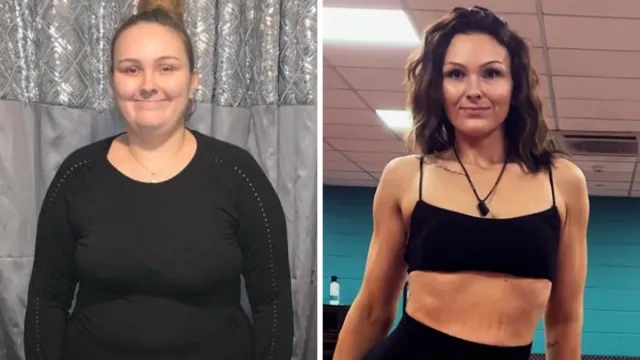I Lost 120 Pounds by Walking. Here Is What I Wish I Knew Before
If you are struggling with getting started on your weight loss journey and don't know what to do, one weight loss warrior and influencer has the answer: Start walking. Louise (@LouisesJourneyxo) struggled with obesity most of her life before losing a whopping 120 pounds and completely transforming her body. According to her, her weight loss journey was primarily the result of putting one foot in front of the other. In a new viral video, she reveals exactly how she started walking and the hacks she used to maximize weight loss.
Walking Is Her Main Form of Cardio
"In today's video, I'm going to be telling you how you can walk the weight off, how you can use walking to lose weight, and I'll be talking about how I use walking throughout my weight loss journey," she says at the start of the clip. "Walking is my main form of cardio, and I've lost the majority of my weight."
However, She Does Lift Weights Now
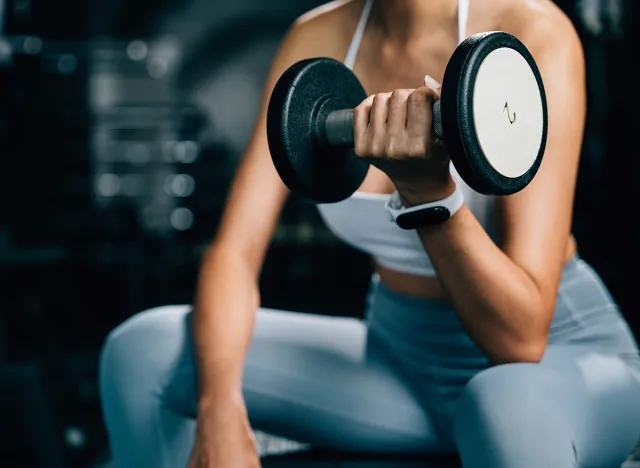
"Obviously, disclaimer: I do lift weights now, and I've changed my body composition, but I still use walking as a means of activity and a way to keep fat off and lose fat," she says.
Walking Is Simple, Effective, Low Effort, Low Impact Cardio
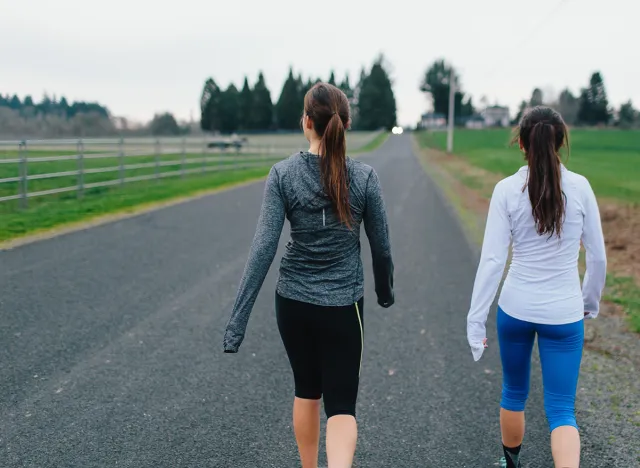
"Walking is the most simple but effective exercise anyone can do," she continues. It is also a "low effort, low impact cardio," and you can make several tweaks so you don't plateau.
Walking Increases Your Daily Expenditure
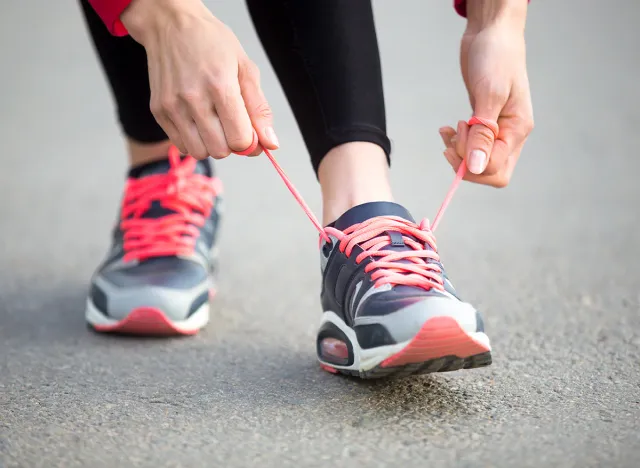
One of the reasons why "walking is literally an amazing exercise" is that "it increases your daily energy expenditure," Louise explains. "The more you move, the more you walk around, and you're burning calories. The good thing about walking is that it's low impact, low effort really; you don't really have to exert too much energy, and most people can do it. It burns calories and increases your daily energy expenditure, which is the amount of energy you basically spend every single day. To lose weight, you need to have a calorie deficit. And obviously, you do that by eating less and moving more."
She Started by Walking on a Treadmill
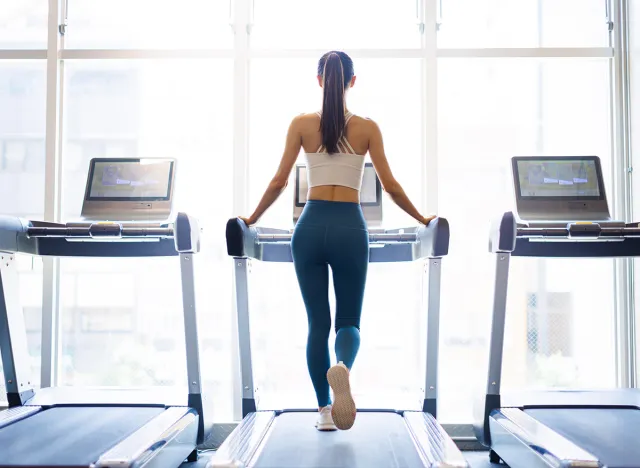
She reveals that when she started her weight loss journey, she simply walked on the treadmill. "Obviously, I didn't need to walk on the treadmill, so I'm not saying that you have to start off on the treadmill, but you know, on days where it's rainy and wet, you can go to the gym and go on the treadmill. If you've got a treadmill at home or even just walking around the house a lot more, just getting up and moving will increase your calories burn. So you can start off with that."
She Did Interval Training
She also reveals that she did interval training, walking on no incline and then inclining to the max, "then just decline it a bit and just put it on a slight incline," she says. "Or if you're just starting out you don't even need to incline it, just walk on the treadmill. "I'd just keep doing that until I did 20 minutes, and then each time I went to the gym," she says.
She Started Walking Longer on Incline
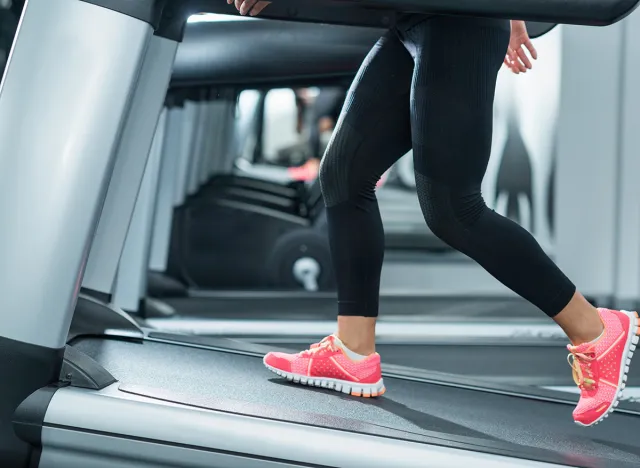
"I did that five days a week Monday to Friday and each time I went I was able to walk a little bit longer each time on the incline until I eventually got to a point where I was walking on the incline fully basically for 20 minutes straight," she says. "Which was obviously an amazing achievement because I couldn't walk on there for a couple of minutes at first."
RELATED: Lose 20 Pounds in 60 Days with Intermittent Fasting
You Can Also Start with a Slight Incline
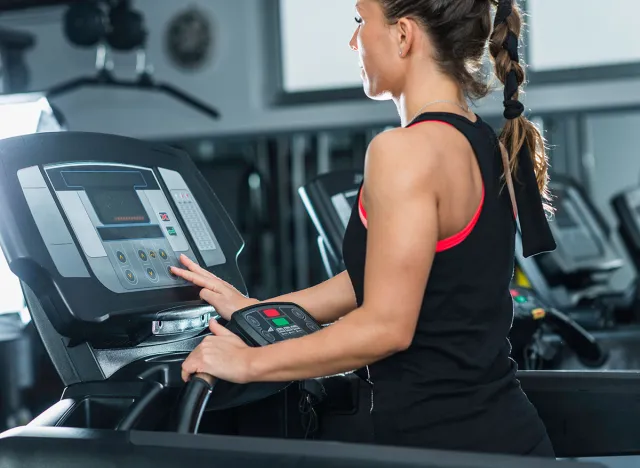
"Obviously if you can't incline it all the way to the top, just do a half incline or just a slight incline and then gradually progressively overload by increasing the amount of time that you walk on the incline. And I think that's a good place to start with walking on the treadmill," she says.
Aim for 30 Minutes of Walking a Day
"Another good place to start is by just getting out and doing a 30-minute walk a day. So if you are already pretty active, you walk about a bit then, and you are already basically doing 30-minute walks, just either add on another 30-minute walk or increase the time by another like 20, 30 minutes," she says.
You Can Break the 30 Minutes Up
If you can't do 30 minutes all at once, she recommends breaking up your walks throughout the day. "You could do 10 minutes, 15 minutes, whatever extra activity you do on top of what you were doing before is gonna burn extra calories which will help you get into the calorie deficit, and it's improving your fitness and over time you'll be able to increase the amount of walking and steps that you do," she says.
Use a Step Tracker

"Another way to include walking in your weight journey will be to get a step tracker. You don't necessarily have to get a step tracker because if you've got a smartphone, most of them basically have a step tracker, and if you have a look on there, you can see how many steps a day you are averaging," she says.
Keep Increasing Your Steps
Once you have your step count, she recommends increasing it daily by a few thousand and working your way up. "Obviously, 10,000 is recommended like it's a general kind of amount, it is recommended to get that, but you can't just expect yourself to make a big jump," she maintains. "The best way to go about walking for weight loss is to just gradually increase those steps. So even if that is 1000, 2000 extra steps and in focus on that for, I would say, three to four weeks or each month basically, then you can reevaluate it each month and increase your steps as you go."
A Fitbit Helped Motivate Her to Walk More
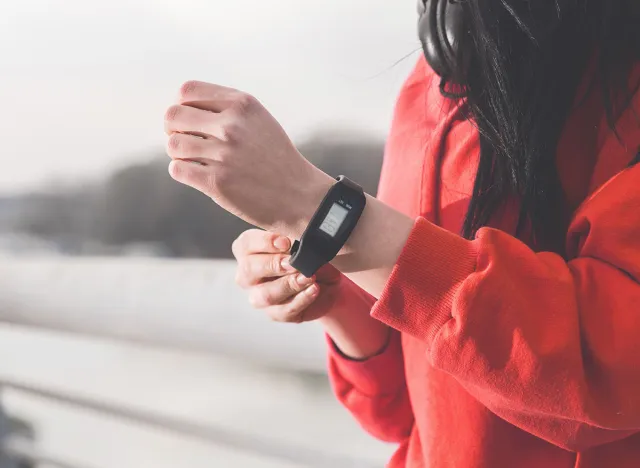
She explained that she had invested in a Fitbit at first and now uses an Apple Watch. "What I did was I got the Fitbit, and I started going out for more walks, and what I found really good with the Fitbit is, or any kind of step tracker is that it's really motivating to see how many steps you'll get in. Sometimes we don't really realize how inactive we are, how much we haven't moved that day," she says.
She Eventually Increased Her Daily Goal to 12,000 Steps
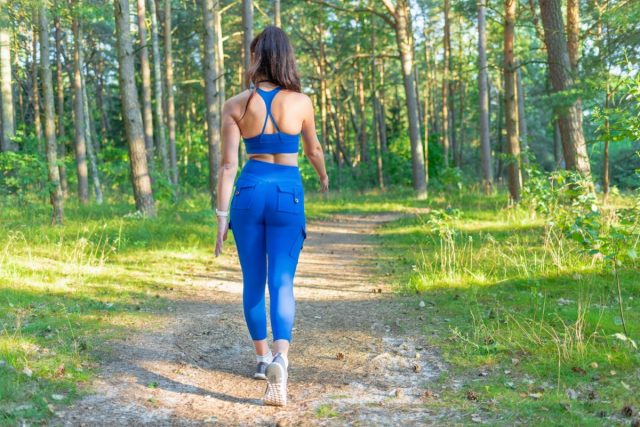
She admits she set her daily goal at 8,000 steps because "if I set it too high and I wasn't able to reach it, it would make me feel like I failed," she says. Eventually, she increased it to 10,000, "and then after a few months, I even increased it to 12,000."
RELATED: Top 17 Superfoods You Should Eat Every Day to Protect Your Heart
After You Hit 12,000 Steps, Focus on Adding Incline
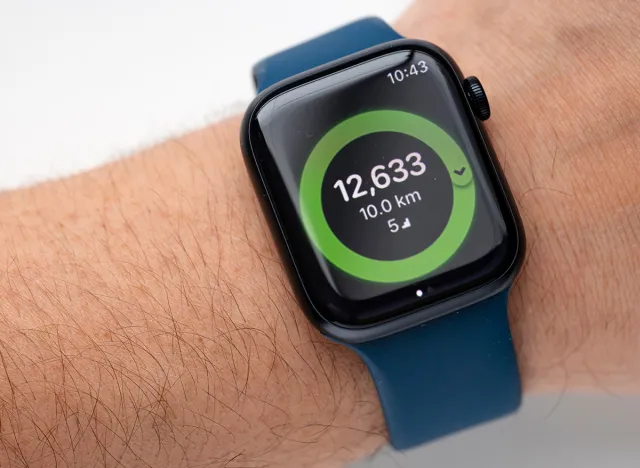
"I feel like once you reach like 12,000 steps, you don't necessarily have to set a goal to get like 15,000 steps every single day. Kind of set it at a basic goal, and if you get more, you get more," she continues. "But the way you can kind of increase after that is you can walk on an incline. So you can start doing treadmill walking, or you can go for, like, I like to go for hikes where it is quite hilly. So then that's not just like walking on a flat surface, so you end up burning more calories and using more energy by walking on the hills."
Here Are Other Ways to Make Walking Harder and More Effective

What are other ways you can upgrade your walking workout? "You can speed up your walking; you can carry a bag with heavy stuff in it that is obviously going to progressively overload," she says. You can also go for longer walks or increase the amount of time that you walk.
Walking Is Great for Mental Health
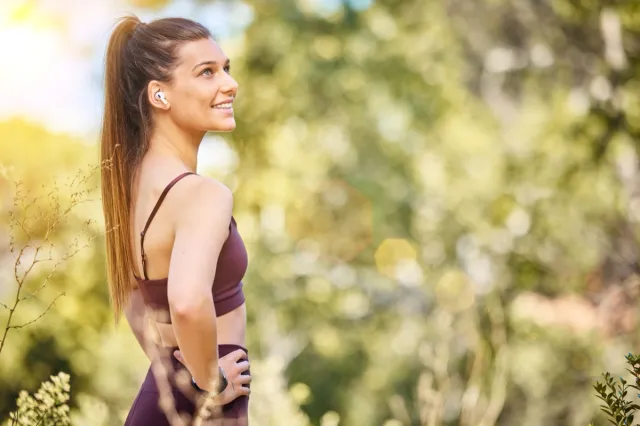
"I literally make sure I go for a walk every single day, and it is good for my mental health as well," she says. "I really enjoy that time. It's like my own time to just either put my headphones in or I'll just go out and walk just and listen to the nature, the birds chirping and that it just is really good to clear your mind and for your mental health you can take a friend with you, grab a coffee, go for a walk."
RELATED: 9 Reasons Why Aren't You Losing Weight on Ozempic, According to Doctor
Diet Needs to Be in Check To
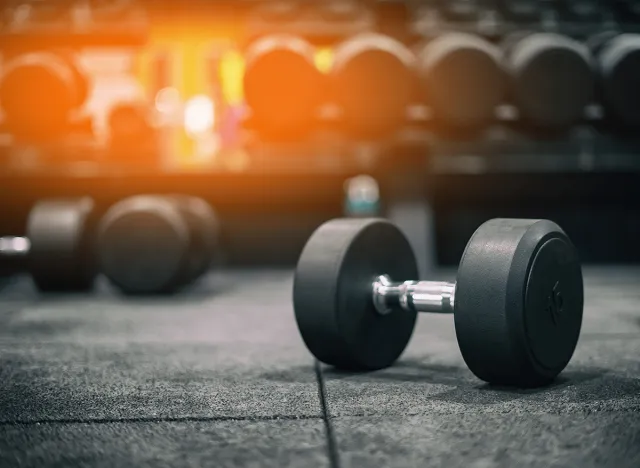
While you "obviously" need to focus on the diet side, when it comes to exercise, "instead of trying to get a crazy workout program to start off with or a lifting program or anything like that, the first step will be to get out and go for more walks, increase your steps and slow and steady increasing and eventually you'll get to a point where it is just normal for you to be active," she says.
It's a "Depressing Feeling" When She Isn't Active

"It's a depressing feeling when I've not been as active," she claims. "My head feels so much clearer and at peace, and I feel a lot more positive, and I've gone out for a walk, so it's just beneficial all around, basically."
RELATED: 15 Signs You're Eating Too Many Calories
Even If You Are Obese, Walking Is a Great Way to Start Losing Weight
Bottom line? "Walking is the simplest way to at least start" your weight loss journey before adding in other cardio and weight lifting. "If you are looking for somewhere to start, that's simple, that's easy, that's not gonna put strain on your body, especially if you're obese because if you are obese you've got a lot more pressure on your joints, you don't wanna be doing any jumping or anything that's like gonna give you an injury because obviously if you get injured and you're obese and you, you become even less active, it's a lot harder to lose weight," she notes. And if you enjoyed this article, don't miss 12-3-30 Walking Method: 20 Proven Tips to Lose Weight Faster.
